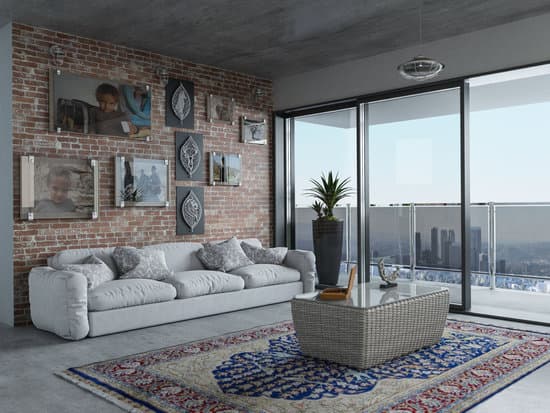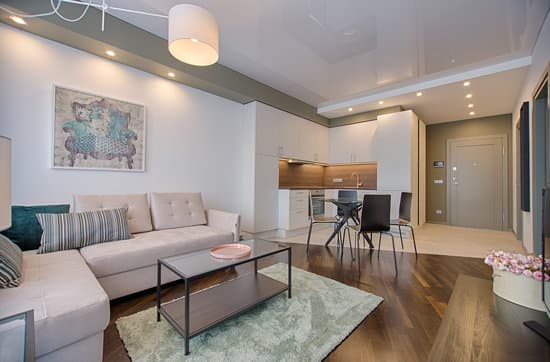Introduction to Japanese style decor
Japanese interior design is heavily inspired by tradition, nature, and minimalism. This traditional style is also known as Kanso, which translates to simplicity, and it stands out for being not only calming but also a symbolic symbol of the Japanese lifestyle. Japanese style decor is all about achieving a simplistic aesthetic that’s functional, peaceful, and visually appealing.What does Kanso mean?
Kanso is a Japanese word that means simplicity. In Japanese interior design, Kanso is one of the key principles that focus on creating a peaceful, balanced and uncluttered environment. Kanso emphasizes the value of simplicity, without compromising on aesthetics. It is about designing spaces that are clean, organized, and visually pleasing, and at the same time, capable of achieving a sense of harmony between elements.The philosophy behind Japanese decor
The philosophy behind Japanese decor is deeply rooted in tradition and nature. It is a design approach that emphasizes the importance of balance, harmony, and simplicity in living spaces. Japanese decor is all about creating a serene environment that promotes relaxation and inner peace. It emphasizes the use of natural materials, such as wood, bamboo, and paper, and emphasizes the essential elements of lighting, color, and texture.Key elements of Japanese style
Japanese decor is heavily influenced by nature, and as such, it focuses on the use of natural materials such as wood, bamboo, and paper. These materials are often left untreated to highlight their natural beauty. Japanese style also incorporates clean lines and minimal ornamentation, which creates an uncluttered and spacious environment. Other key elements of Japanese style decor include:- Shoji Screens: These sliding screens made of rice paper and wood add to the traditional Japanese decor.
- Tatami mats: These rectangular mats made of woven straw create a comfortable and traditional Japanese design element.
- Bonsai trees: These small plants and trees are trimmed and trained to stay small and add to the ambiance of the room.
- Lanterns and Lamps: Paper lanterns and unique lamps add to the ambiance and bring in the perfect glow of lighting.
Tips for creating a Japanese-inspired space
Here are some tips to create a Japanese-inspired space in your home or garden:- Declutter: Japanese design promotes minimalism, which means getting rid of all the clutter.
- Natural light: Incorporate natural light to bring in the outside world and add to the overall aesthetic.
- Use of Natural Materials: Utilize natural elements such as wood, bamboo, and traditional items like tatami mats and Shoji screens.
- Stay Neutral: Japanese design emphasizes neutral, natural, serene colors such as white, beige, and gray, which create a calming effect.
- Use of Nature: Add life to your space by including some plants, stones, or water features, reflecting the Japanese culture’s strong connection with nature.
Examples of Japanese decor in homes and gardens
Japanese-style interiors and gardens are all about creating a space that has energy, harmony, and balance. The use of minimalism and simplicity in the design creates a serene environment, ideal for relaxation. Some examples of Japanese style decor elements in homes and gardens include:- Zen Garden: The Zen garden is a Japanese-style garden with sand, pebbles, and rocks that mimics the flow of water.
- Tsuboniwa Garden: This is a more traditional Japanese garden and is designed to be viewed from inside a building.
- Furoshiki: Furoshiki is a traditional Japanese cloth that is used for wrapping clothes and gifts.
- Ikebana: Ikebana is a Japanese art of flower arrangement.
- Tansu Step Chest: These are portable cabinets with a step design that works as a staircase.
Incorporating Zen principles into your decor
Zen principles can help bring in a sense of harmony and balance into your space. Here are some Zen-inspired tips to incorporate into your decor:- Meditation Room: A space dedicated to meditation can include elements such as a calming palette of colors, natural materials, and dimmed lighting.
- Incense and Aromatherapy: Fragrances of burning incense or essential oils can add to the sensory experience in your home.
- Wall Art: Use Japanese-inspired wall art or calligraphy that can help create a focus point in the room.
- Mandala Rug: A mandala rug can add an element of Zen to your space, creating a sense of calm and tranquility.
- Moss Ball Terrarium: A moss ball terrarium can be used as a tabletop display that allows for a touch of nature in your space.

















